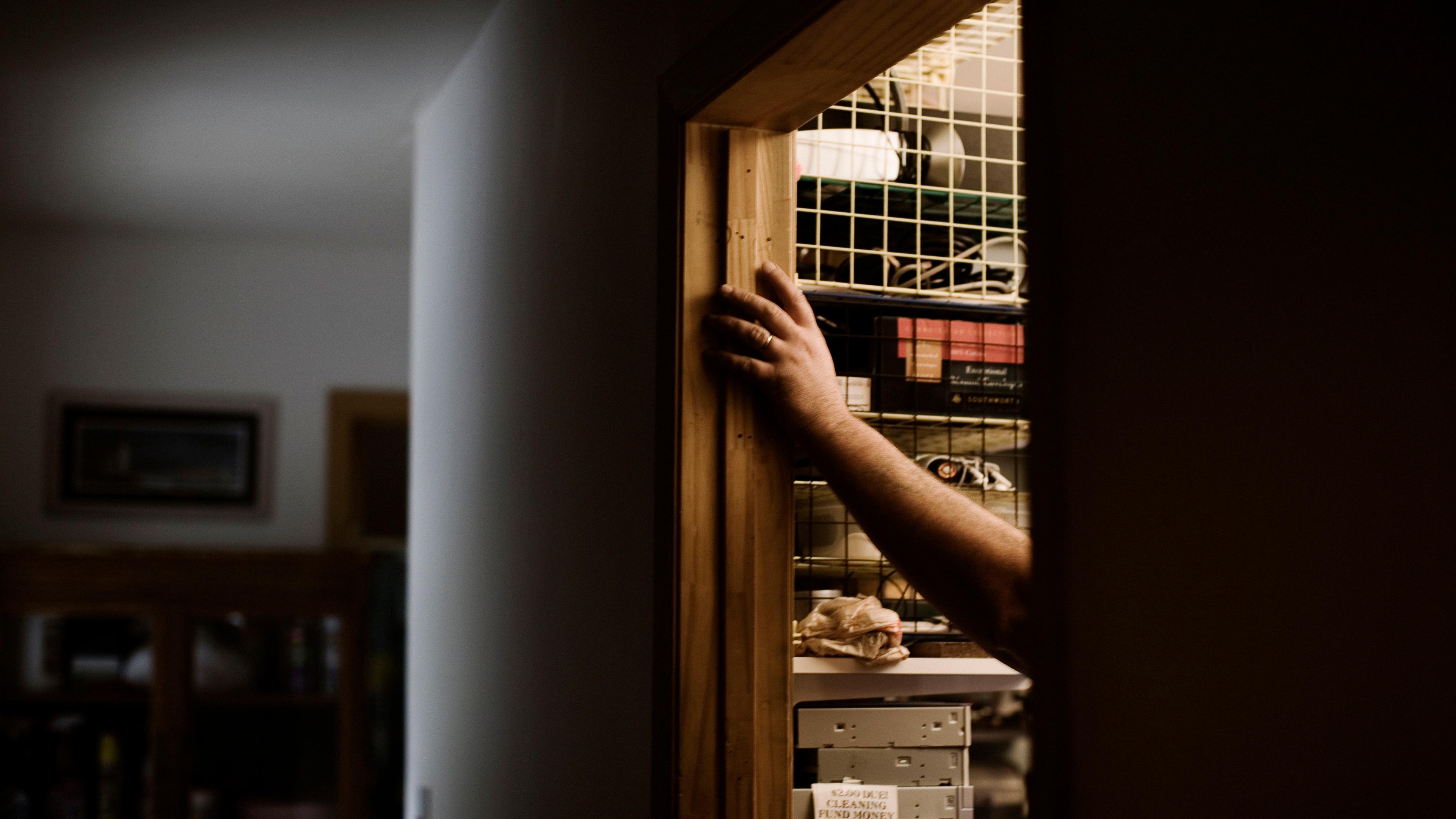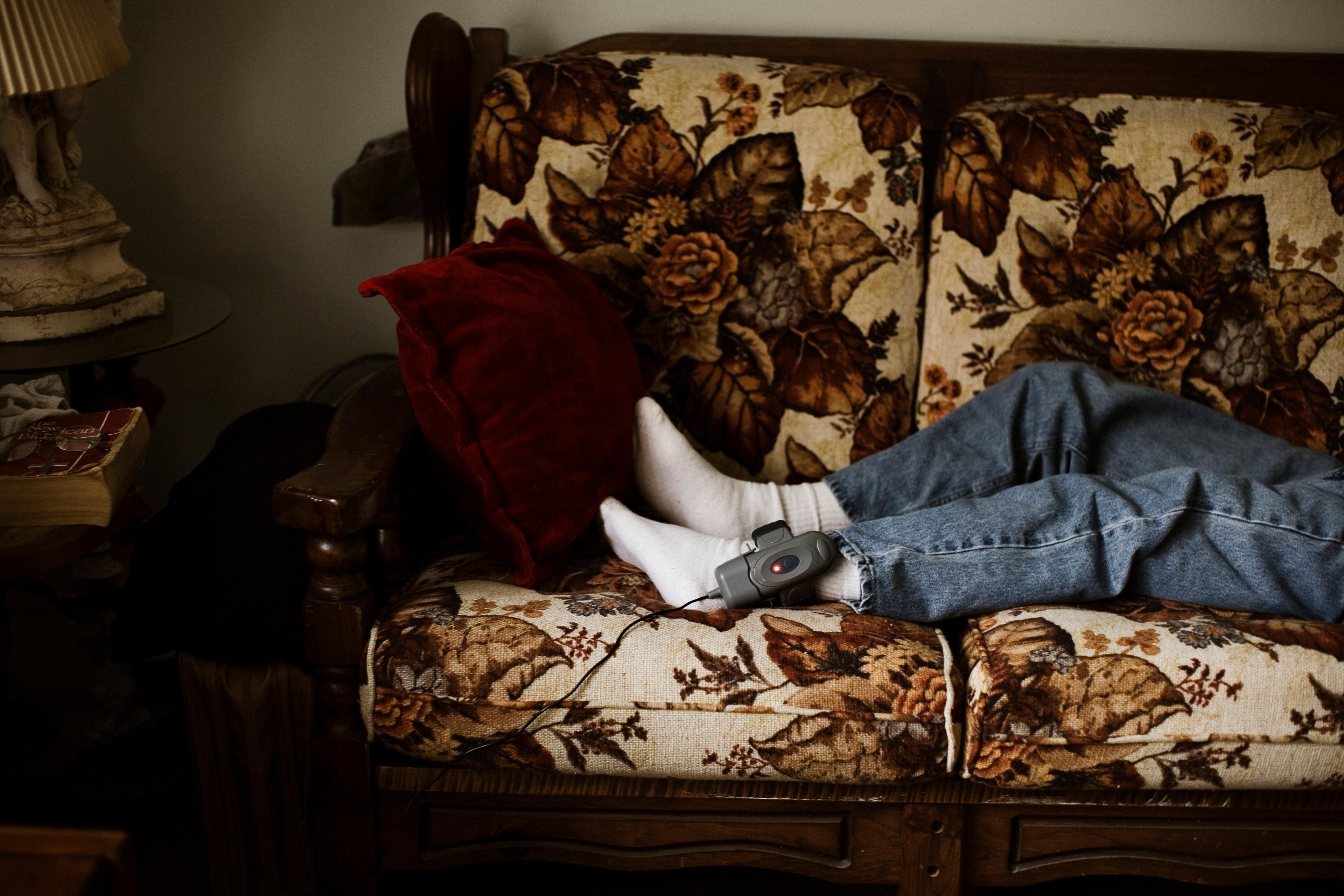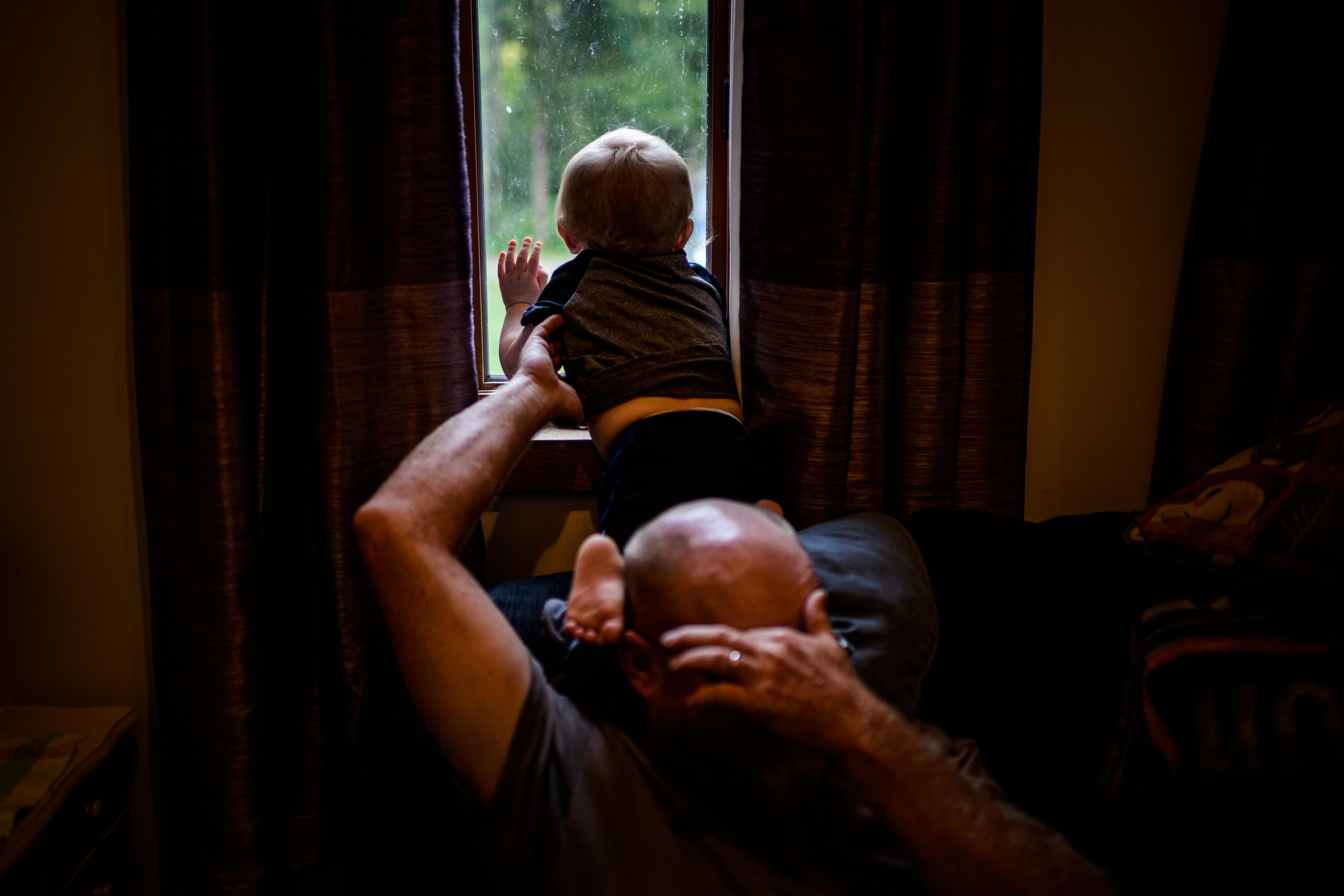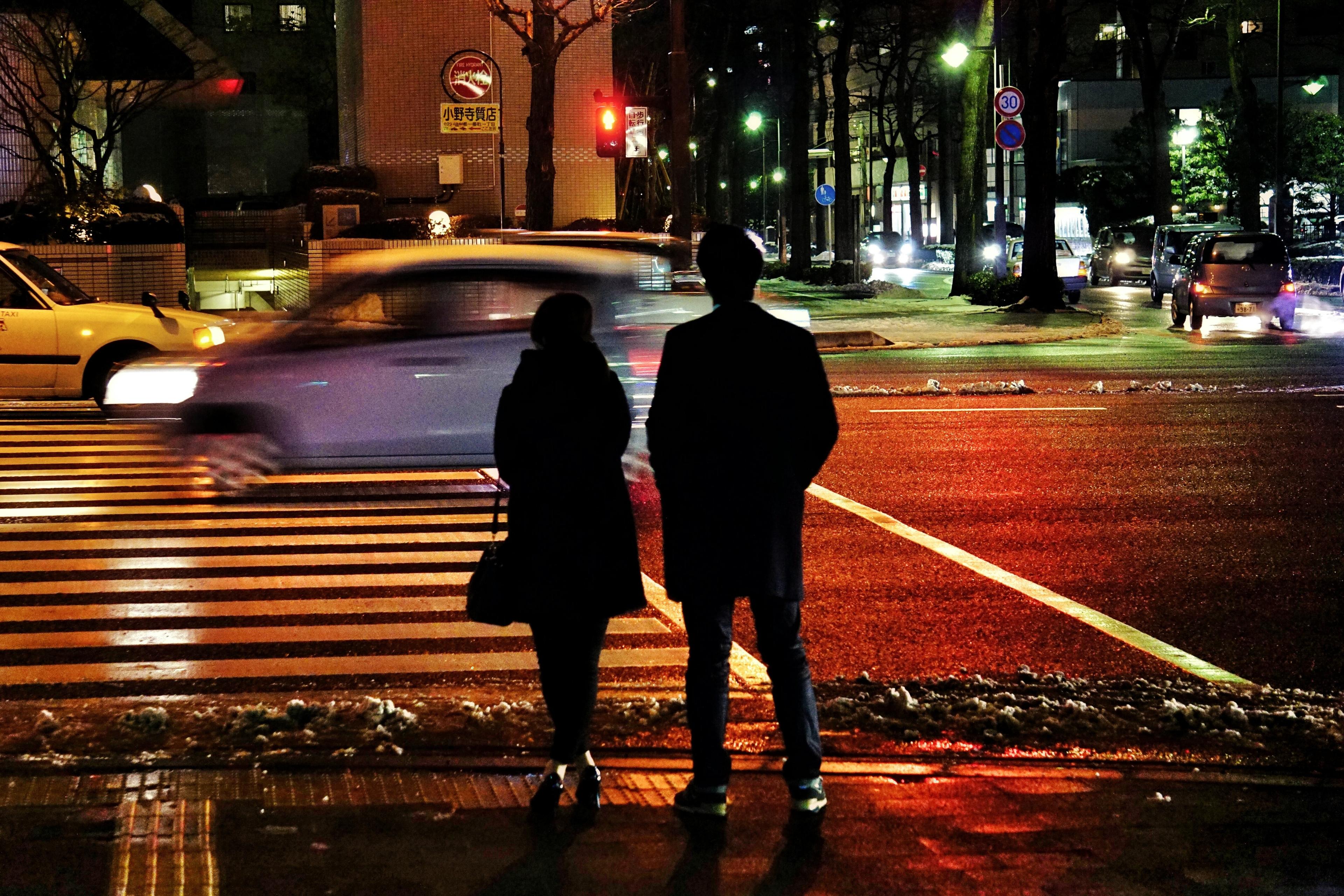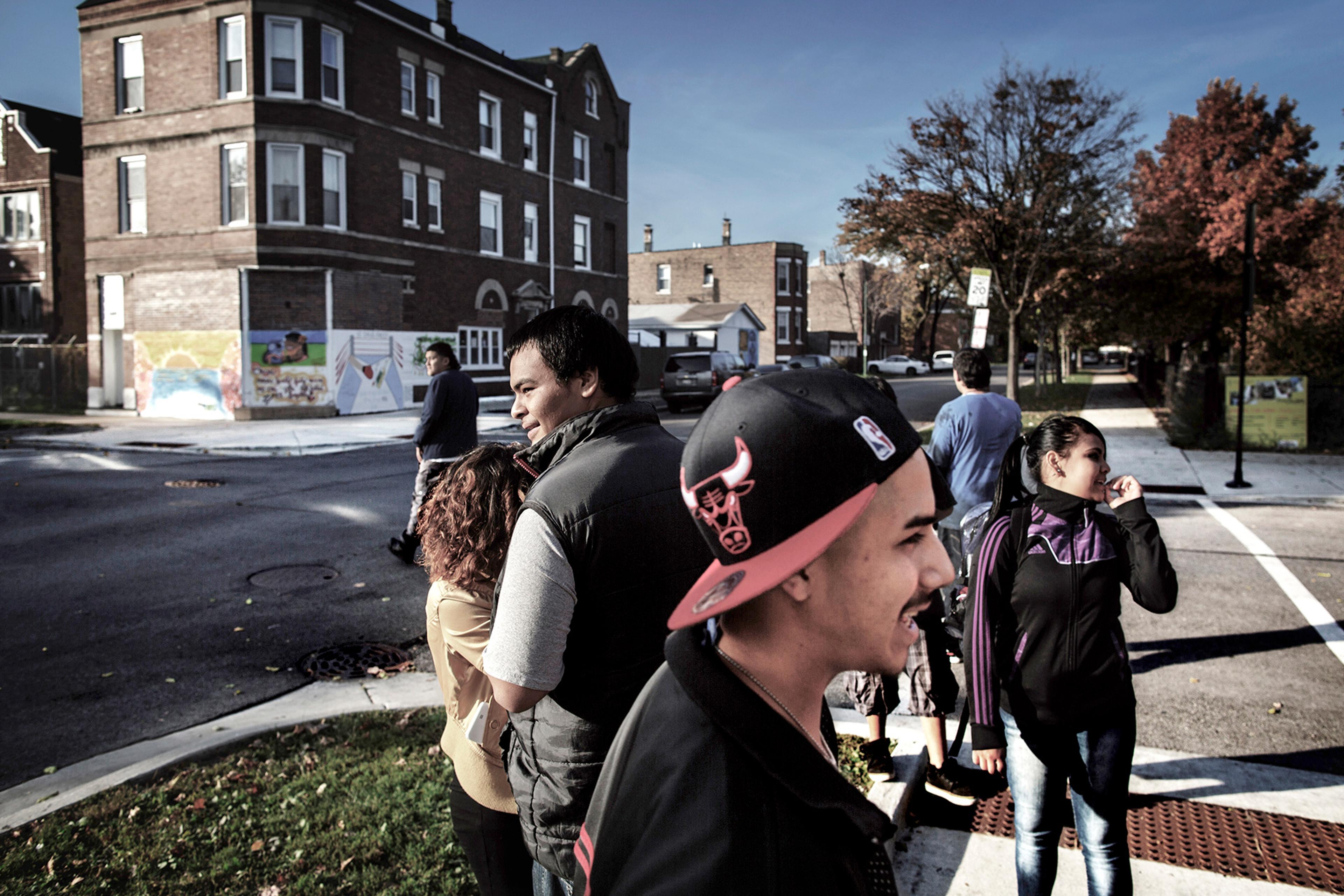‘I honestly cannot imagine the kind of mentality or the kind of person it would take to molest a child,’ said one participant in my research on child sexual abuse awareness and disclosure. ‘The fact that people do this over and over again is just nauseating. I would not be able to consider such a person a human being.’ This response might sound emotionally loaded, but it reflects common opinion about child sexual offenders, which is rife with stereotypes and misconceptions (eg, that they are obviously and recognisably ‘different’ from most people) and suggests that their minds are beyond comprehension. Are these individuals truly outside the reach of our understanding? And if not, what explains how they are able to harm unsuspecting children and live with it?
The answers, like the phenomenon, are complex and layered. Child sexual offenders are most certainly human, even if they are perceived by many as inhuman. People often think of them as impulsive, mentally ill strangers. However, these perceived characteristics are often at odds with the actual ones, and can obscure a harsh truth: that many children are at risk of being harmed by their own. It could be a biological parent, their parent’s partner, or someone in the extended social network who is a friend or a parental figure. According to some estimates, most children who officially report sexual abuse are victimised by someone they know. Knowing the perpetrator has been identified as a significant barrier to children’s disclosure of abuse, and it can severely impact whether others believe the disclosure.
It is easier to accept a narrative wherein an unknowable monster harms a child than to believe that children are at potential risk of being sexually abused by a familiar, friendly, trusted individual. And so, othering and dehumanising offenders allows people to distance themselves from the perceived evil. It also significantly impedes the ability to identify signs of abuse.
Offenders are often hidden in plain sight and able to escape detection because of grooming. Grooming is an insidious and nuanced process through which offenders gain the trust of children and their loved ones, carry out the abuse and ensure that it remains a secret. As the discourse on child sexual abuse grows stronger and louder, people have become increasingly aware of grooming. What is less commonly known is that offenders also engage in what has been called self-grooming. The extant literature on grooming draws from theoretical models of sexual offending, retrospective studies with incarcerated sexual offenders and the accounts of adult victims of child sexual abuse. It reveals that grooming is not restricted to an offender’s behaviour toward the child and their social environment – it also includes internal psychological processes that justify, minimise or deny offensive thoughts and actions. Thus, self-grooming can partly explain how offenders commit acts of abuse and continue to do so despite the consequences.
As the sociologist David Finkelhor has noted, an offender must typically overcome internal moral dilemmas and the fear of getting caught in order to carry out child sexual abuse. This is often achieved through the use of psychological defences such as rationalisation (ie, justifying what would otherwise be unacceptable by a faulty application of reasons or the creation of a convincing illusion), intellectualisation (ie, detached thinking about internal impulses) and, in some cases, substance use. In Finkelhor’s model, this overriding of moral concerns – analogous to self-grooming – leads to abuse when it is combined with other preconditions, such as being sexually aroused by a child and the inability to have one’s sexual and emotional needs met by peers in socially acceptable ways.
Essentially, self-grooming functions to excuse offences in the mind of the offender so that the drive to offend is converted into action or maintained. Offenders are likely to feel increasingly fortified in their behaviour if their efforts to victimise a child go undetected.
The psychological defences involved in self-grooming can present as irrational thoughts or cognitive distortions, as well as internal, covert theories about how the offender relates to themselves, the victim and the world. The offender’s irrational beliefs operate in ways that absolve them of morally objectionable actions and preserve their self-esteem. Consider the following vignette:
Tom is a 35-year-old musician, and a teacher who is liked and respected by all his students and their parents. Unbeknown to anyone, he has been sleeping with one of his students, a 15-year-old girl, for the past year. All the while, he has given her special attention in class, made rare music opportunities available, and often presents her with small yet expensive gifts. Eventually, the girl’s caregivers find out and report him. Tom is taken into custody, then convicted and sentenced to prison. His sentence requires him to sign up for a sex-offender treatment programme. During this programme, when he is probed about the sexual offence, he says:
But it was not an offence. We were in a loving relationship. I agree there was a wide age difference, but she is emotionally and physically way more mature than girls her age. I never hurt her, never forced her, never threatened her. She never seemed bothered or concerned. I cared for her, even helped her grow as a musician. I am not one of those guys… I am not a paedo.
Tom feels no accountability because, according to him, his actions were expressions of love and care. If he loved her, then how could he harm her? He reiterates that he never physically forced himself on her or threatened her. He also psychologically distances himself from other offenders: ‘those guys’, the ‘paedos’.
These beliefs and thinking patterns allow Tom to deny the reality that the girl could not have provided informed consent for sex. Even if she had expressed any romantic inclination towards Tom, the responsibility for protecting her and not initiating sexual contact always remained with him because he was the adult in a position of power and trust. His implicit theories about intimate relationships justify his inappropriate actions as valid and of no consequence. Of course, the vignette is hypothetical, but it represents many abuse narratives. We can also identify other child and community grooming dynamics in the vignette, ie, giving special attention, validation and gifts, and establishing oneself as trusted and revered.
However, self-grooming does not present in the same way for all offenders. Consider another vignette:
Richard, aged 43, has been convicted of multiple counts of sexually abusing boys who resided in his community. He was severely sexually abused by a caregiver for many years while growing up. When asked by a forensic psychiatrist whether he threatened the victims to gain compliance, he says:
I had to do it. They trusted me but did not like what I was doing. When they hesitated, I told them, this is how you get the girls. I told them to man up – no girl wants to sleep with a sissy, someone who doesn’t know their way around sex. But I never restrained them with a rope or anything, never threatened them verbally. No chance that would have worked. Some of these boys were stronger than me, you know, hitting the gym, doing weights – they could have easily taken me out. But they didn’t, right? They wanted it too. They were convinced – they wanted girls. So it worked, like a transaction, you know? Hell, it worked with me when I was a kid.
Richard believes he never threatened the victims because he never tied them with a rope or threatened them with physical harm. He convinces himself that they stayed because ‘they wanted it too’. And so, the responsibility is seen as shared, and his behaviour becomes rightful to him. He feels confident about the transactional nature as it ‘worked with him’, too. Unfortunately, this is the story of many offenders who have childhood histories of sexual abuse. Studies have identified childhood sexual victimisation as a predictor of perpetration in the future. The distorted cognitions and maladaptive mechanisms do not develop in a silo and can be reflective of an offender’s own traumatising childhood. They interact with other forms of dysfunction (eg, social skills deficits, deviant sexual arousal, inability to regulate emotions) to create pathways to sexual offending.
With the right help and support, these automatic mechanisms can be brought to conscious awareness. They can be addressed by facilitating insight and accountability and fostering clear and reality-based ways of thinking. A 2015 review of sex-offender treatments reveals that available treatment modalities are effective in reducing reoffending rates. These treatment approaches include but are not limited to cognitive behaviour therapy and relapse prevention (CBT-RP) – which addresses an offender’s thoughts, beliefs and behaviours, involves cognitive restructuring to enhance empathy for the victim, and aids offenders in regulating their behaviours – and multisystemic therapy, a family-based intervention for juvenile offenders.
The presence of unrecognised psychological mechanisms in self-grooming does not mean that offenders are utterly unaware of the wrongness of their actions. But it is important to remember that self-grooming is not an entirely conscious process, as offenders may act based on implicit distortions, theories and scripts that are automatic and unconscious in nature. While grooming a child might be part of a very conscious process, self-grooming likely precedes it.
The construct of grooming is relatively new and continues to be under study. We are still in the process of learning about the complex phenomena of self-grooming and sexual offending. However, there is enough evidence to conclude that thinking of offenders as fundamentally ‘different’, inhuman and impossible to understand – rather than as people we might know – only compounds the issue at individual and systemic levels. Solutions to the problem of child sexual abuse can be effective only when public perception of the issue and of the offenders is grounded in the complex reality – and not in stereotypes.
